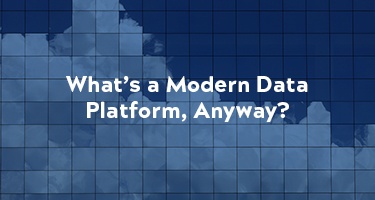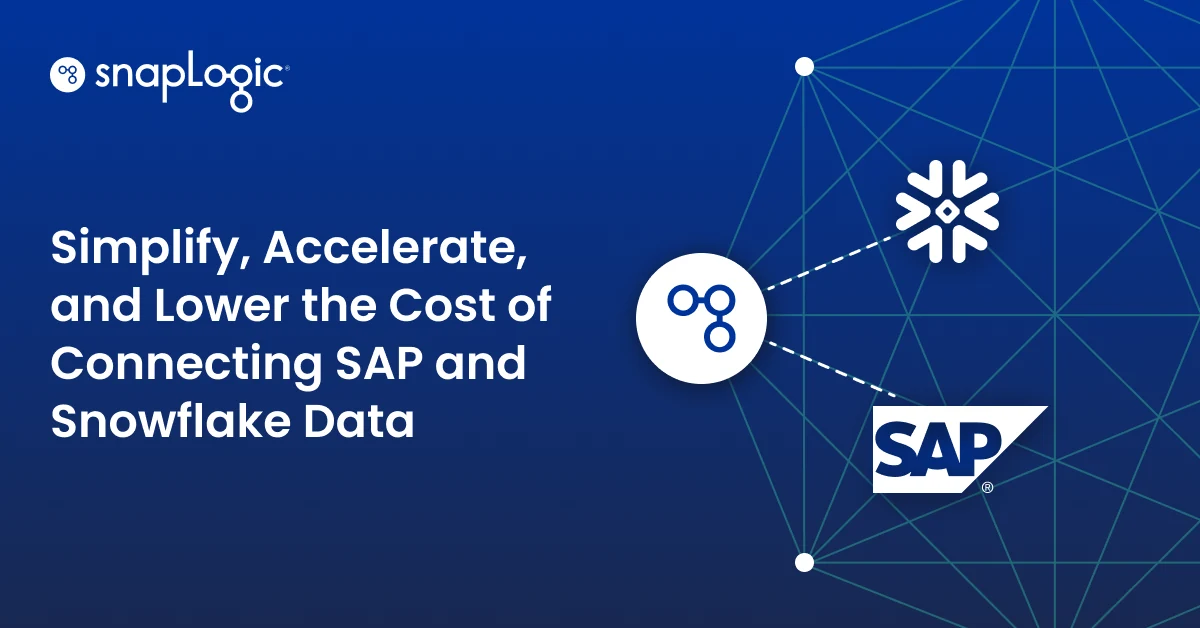Becoming a dynamic, data-driven enterprise is easier said than done. Companies are drowning in data, juggling hundreds of technologies and tools, working with increasingly lean teams, and reduced budgets, all in an uncertain business environment upended by a pandemic.
How to make sense of it all and deliver business value from your data projects? This was on everyone’s mind at last week’s Big Data LDN virtual event.
7 Attributes of a Modern Data Platform
SnapLogic CEO Gaurav Dhillon took the (virtual) stage, sharing perspectives and insights from his years of experience helping thousands of enterprises – large and small, across every industry and geography -– get on the right path to data success.
In his keynote presentation, “What’s a Modern Data Platform, Anyway?”, Gaurav shared strategies and best practices to help organizations build a modern data platform that supports shifting business models, adapts to changing workforce operations, and dynamically and intelligently connects the enterprise.
Here are Gaurav’s 7 essential attributes of a modern data platform:
- Embraces the cloud
- Goes beyond batch
- Integrates data science
- Deploys domain models
- Pushes applications
- Employs a federated approach
- Delivers self-service success
Keeping these attributes front and center as you build out your data strategy and platform will help you effectively use data to do what every organization wants: deliver products and services to market faster; provide exceptional experiences for customers, partners, and employees; and drive business growth and results.
The Great Data Debate
In addition to his keynote, Gaurav participated in “The Great Data Debate” panel discussion, alongside Databricks CEO Ali Ghodsi, IBM Distinguished Engineer Mandy Chessell, and Microsoft Azure Corporate VP Rohan Kumar.
The spirited debate covered a lot of ground, including democratized data access vs federated oversight and governance, data integration and Data Ops, augmented data management, the impact of cloud on data architecture, the future of analytics, and more.
Despite different viewpoints, one thing everyone could agree on -– it is critical that there is a continued and relentless focus on driving simplicity, minimizing the complexity of the underlying technology, and getting trusted data into the hands of more and more users so they can drive better and faster business results.
As Gaurav noted: “People want simplicity. There is too much data, too many applications.” He continued, saying the aim should be to “remove the impedance between the intention of the user and what the technology does for them. The impedance mismatch should go away. Our intention, whether you’re a biologist discovering a molecule or you’re somebody managing a lot of data at an investment bank, our intention is clouded by physical attributes. All that implementation detail, that physicality, needs to disappear. I believe that is where the world is going.”
To watch the Great Data Debate Panel, please visit the Big Data LDN website here.











